Global health – boom or gloom? The data that dispels the myths
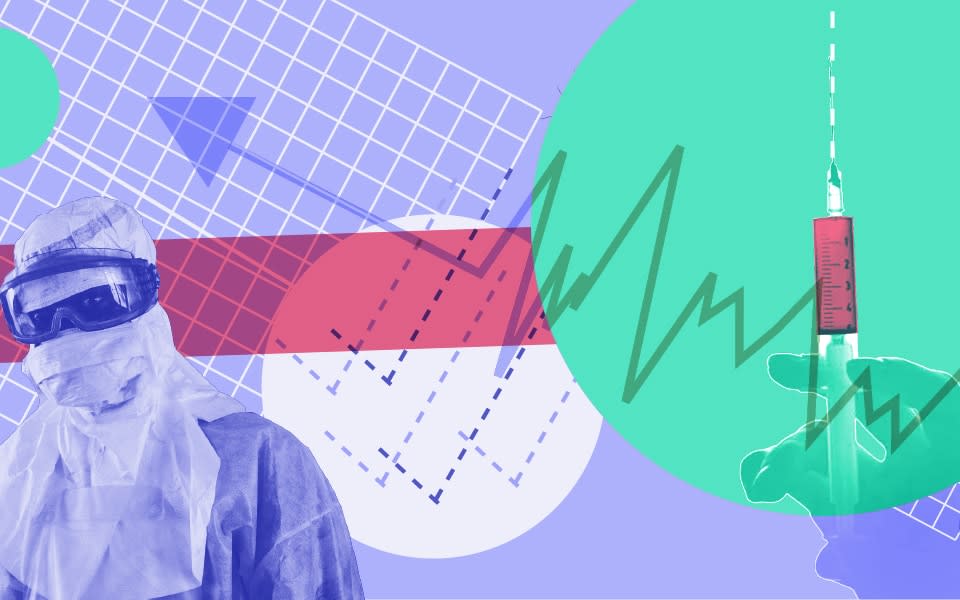
War, disease, famine, death... The news is full of horror stories and it’s easy to think that the world is falling apart around us.
But the truth is very different. While journalists rightly shine a light on the many terrible events and risks we face, the big picture in terms of human health and security is one of steady – and, often, dramatic – improvement.
We’ve pulled together 10 charts which reveal that progress and also show the risks that still remain; what they really are and where they exist.
Take a look at the data and share it – we think it will surprise and inspire you.
1. We’re living longer than ever before
Average global life expectancy has more than doubled in the last 200 years, rising from just 31 years in 1800 to an average lifespan of 72 today.
And the potential for further gains is still vast.
If everyone who died in 2016 lived to 84 – the average lifespan in Hong Kong – we would have saved roughly 731 million life years, or 10 million average lifetimes in a single year.
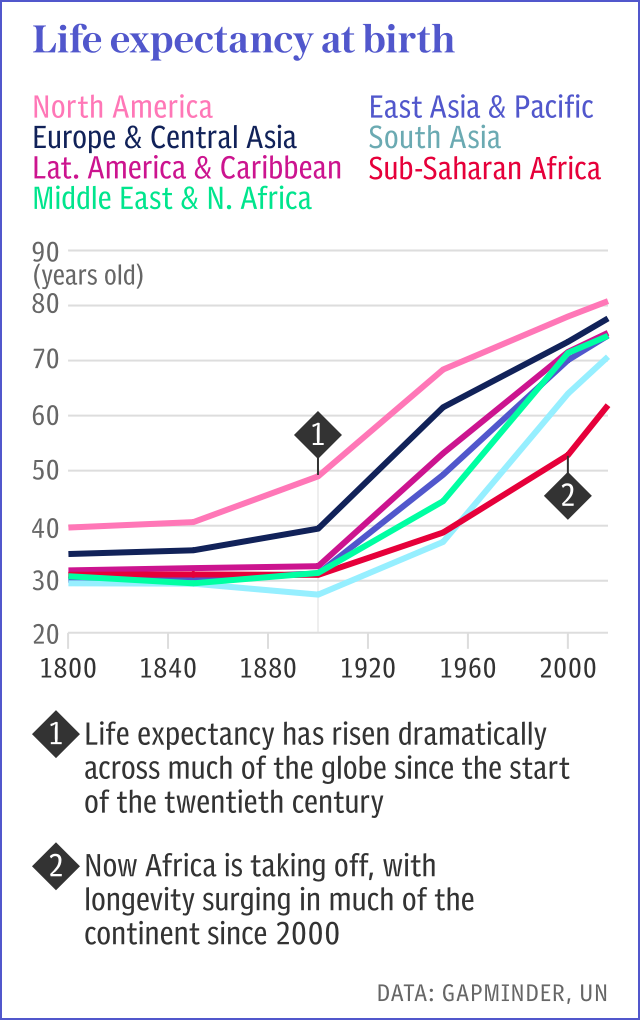
2. Child deaths are becoming much less common
The global fall in childhood mortality has been one of the biggest success stories in global health.
Deaths of children under five have fallen in every region of the world. Progress has been dramatic since 1990, thanks largely to the availability of vaccines and other health measures in developing countries.
But check out the difference in the best and worse case projections – a staggering 1.7 million lives a year by 2030.
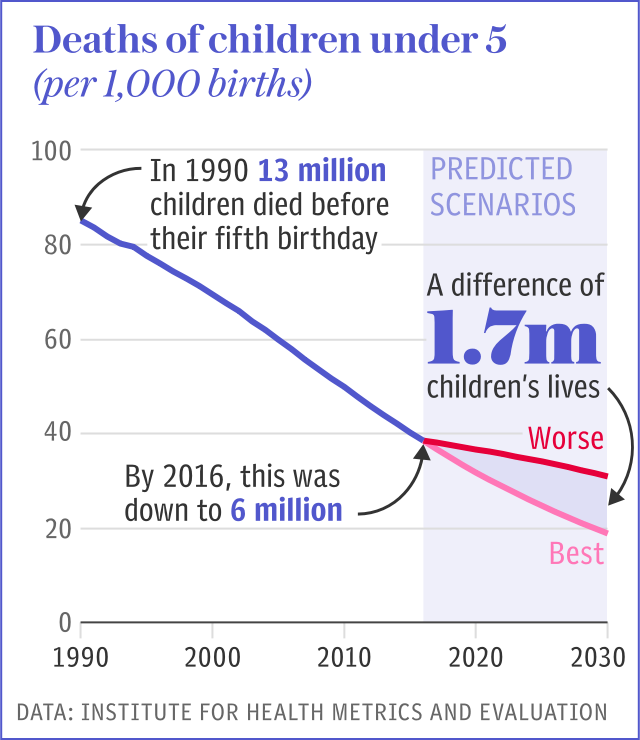
3. Fewer mothers are dying in childbirth
The chances of women dying in childbirth have been reduced dramatically across the globe.
This is because 80 per cent of women now give birth with the help of a nurse, doctor or midwife – up from 63 per cent in 2000.
But the room for improvement remains vast. A woman is still 120 times more likely to die in childbirth in Somalia, the worst place in the world to have a child, than in Britain.
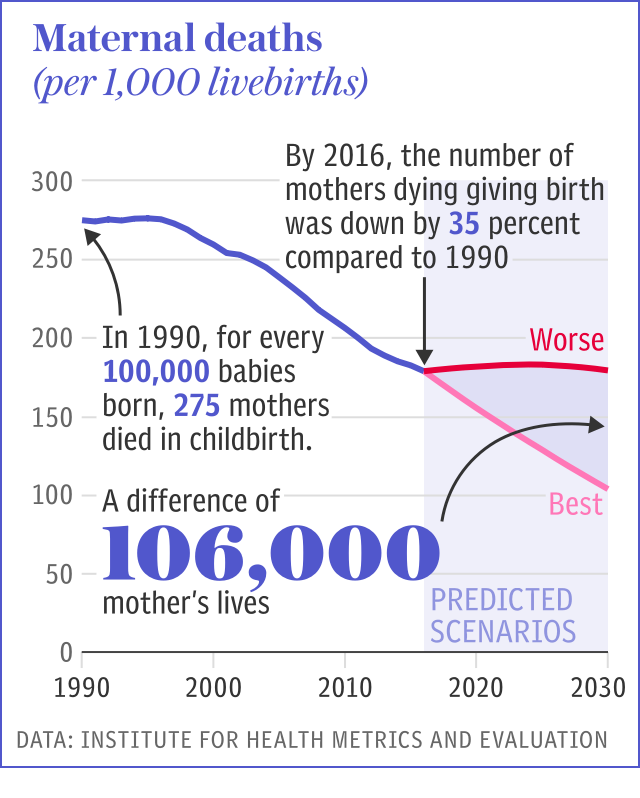
4. We are winning the fight against infectious diseases
The number of deaths caused by infectious diseases is falling dramatically.
This is due to advances in medical science but also investment in health infrastructure and sanitation accross the developing world.
Killers such as HIV are being brought under control, smallpox has been wiped out completely and others – such as polio – are nearing the point of eradication.
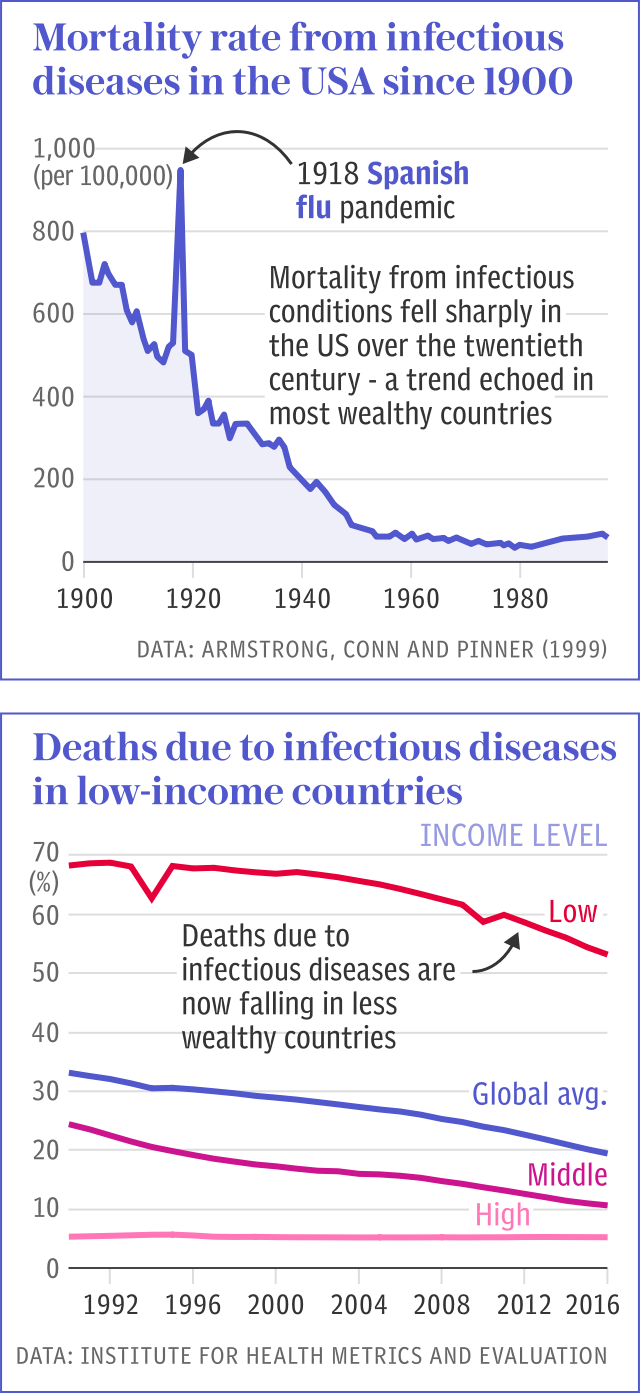
5. Tuberculosis remains the biggest infectious killer worldwide
Despite huge progress, infections that spread from human to human remain some of the biggest killers.
Suprisingly, the lung disease TB still kills more people than any other infectious disease – and antibiotic resistance is making it worse.
In 2016, there were an estimated 10.4 million new TB cases and 1.7 million deaths worldwide.
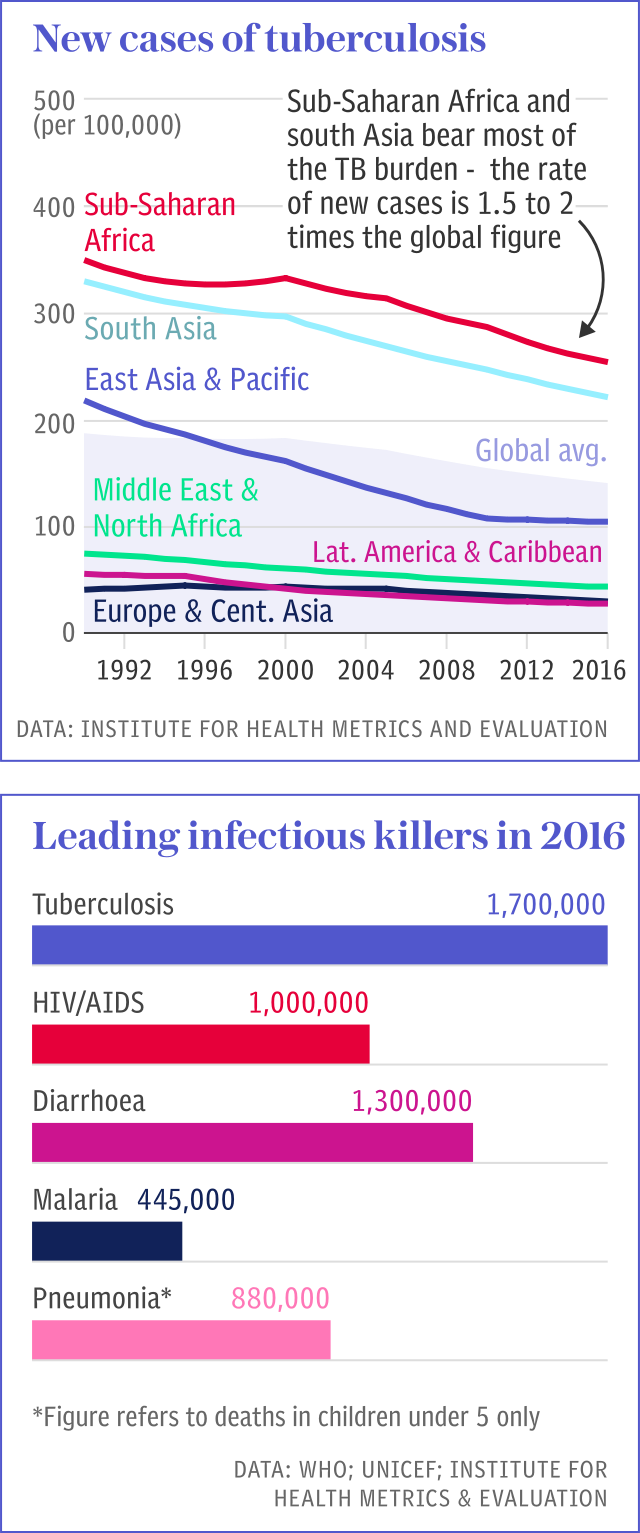
6. Vaccines have been a game changer
Since the development of the first vaccine against smallpox in 1796, vaccines have become one of the most remarkable stories in global health.
They are estimated to have saved 730 million lives worldwide – more than 10 times the population of Britain.
Despite some hesitancy towards vaccines, sparked largely through myth and conspiracy, nine in 10 people now get the vaccinations they need.
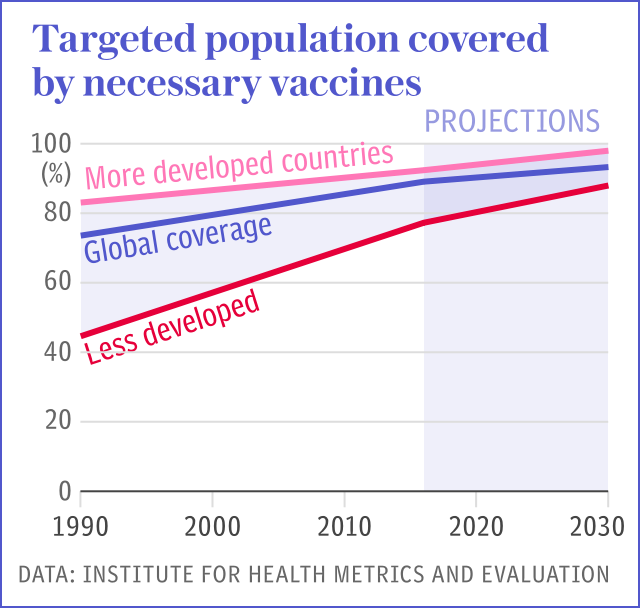
7. We live in a much less violent world
You may not think it from watching the news, but far fewer people die violent deaths today than ever before.
Today, only around seven in every 100,000 people die as a result of wars, genocide, murder and terrorism.
That’s down from 50 deaths per 100,000 people in the middle ages.
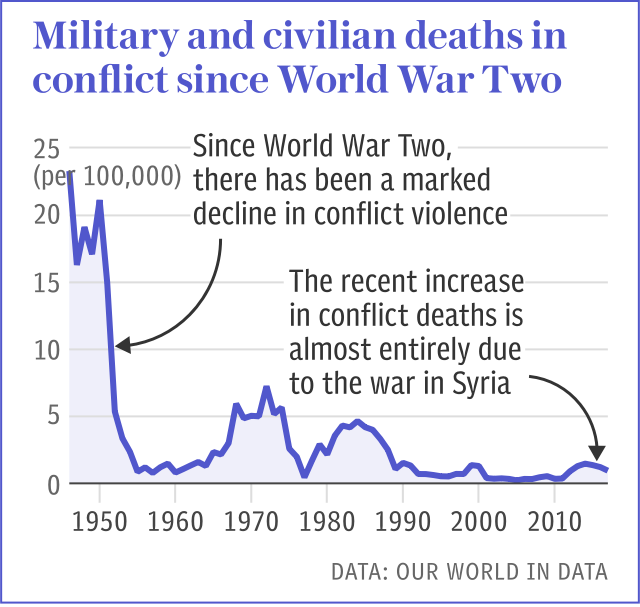
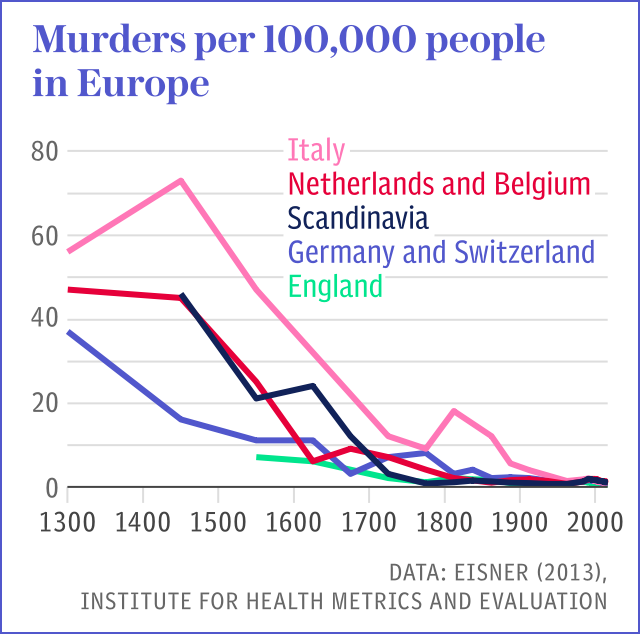

8. Resistant superbugs pose a major threat
Resistance to antibiotics is growing fast and could set us back decades as common operations like caesareans become impossible to perform safely.
Already, an estimated 700,000 people die each year globally from drug resistant infections.
It is estimated this will rise to 10 million by 2030 unless action is taken.
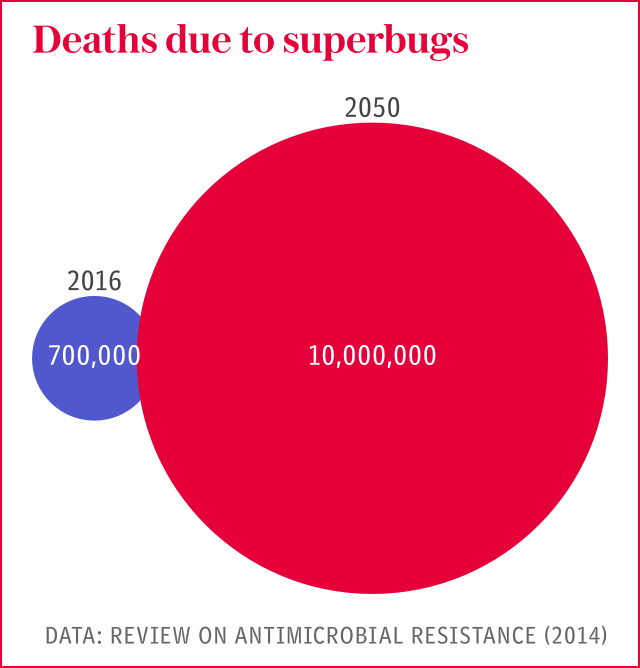
9. So-called 'lifestyle' diseases are on the march
Another ticking time bomb is the scourge of chronic conditions such as obesity, diabetes, heart disease and some cancers.
Known collectively as non-communicable diseases (NCDs), they are linked to a lack of physical activity and over consumption of tobacco, alcohol, salt, sugar and processed foods.
NCDs now account for the vast majority of deaths in the developed world. Globally, they kill 41 million people a year.
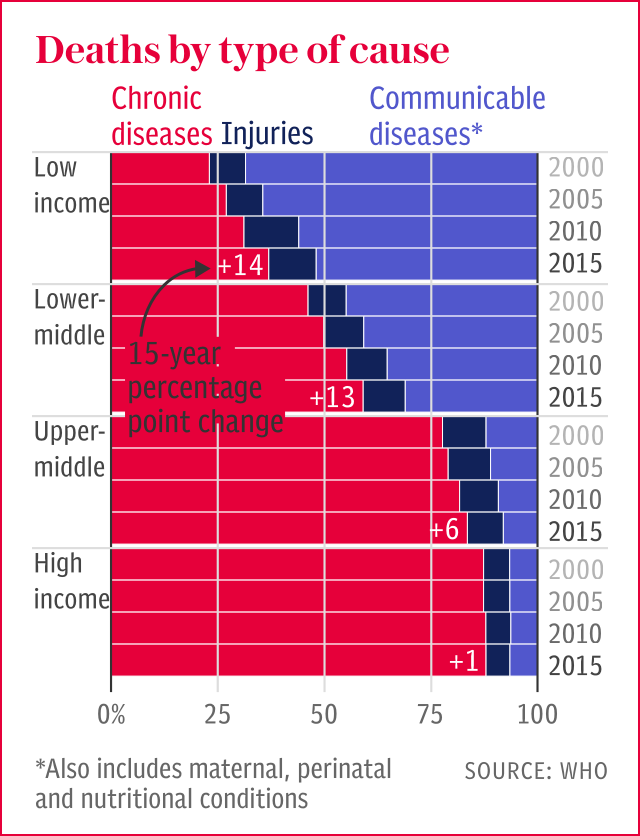
10. Beware 'disease X' and more
The 1918 “Spanish Flu” killed between 50 and 100 million people, more than the two world wars combined.
Experts believe we are overdue a new pandemic and another killer flu sits at the top of the UK's official risk register.
A biological attack in the form of a re-engineered smallpox virus, for example, is less likely but would have a similar impact.
On the bright side, the impact of such events will be directly proportional to the effort we put in preparing for them.
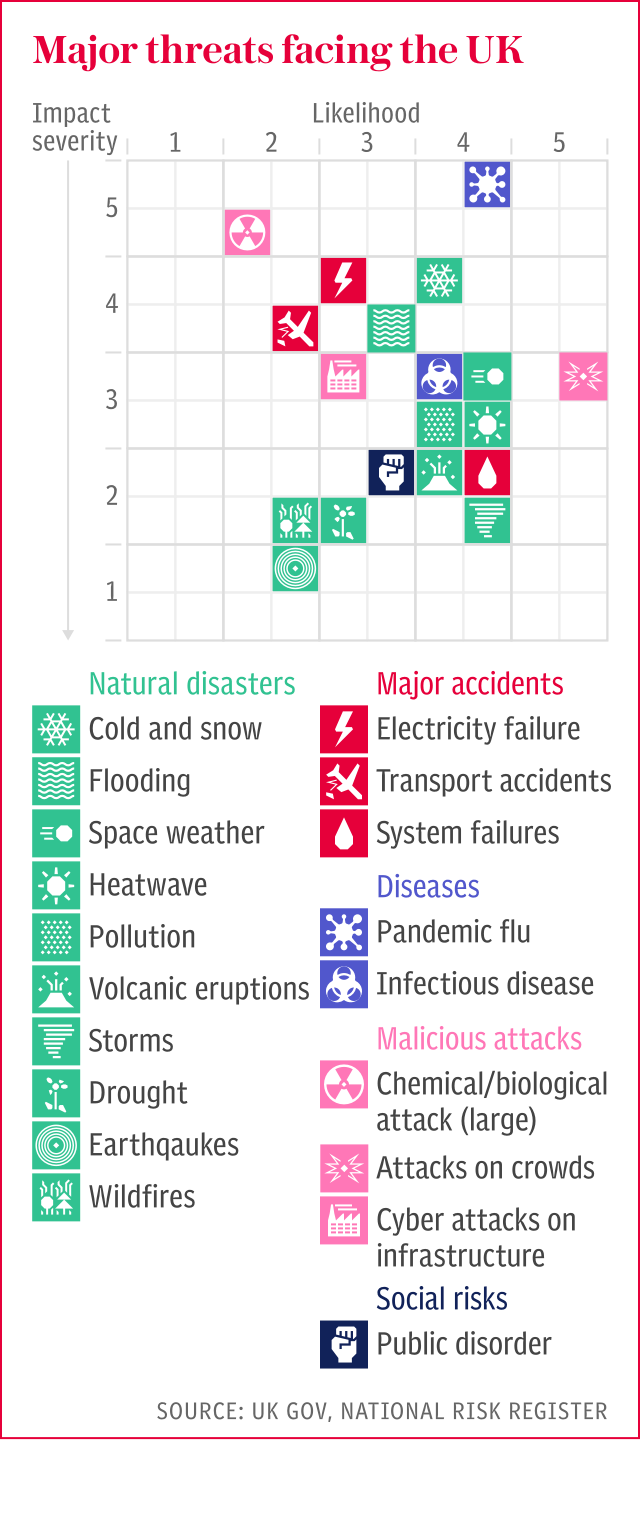
Protect yourself and your family by learning more about Global Health Security .

 Yahoo News
Yahoo News 
